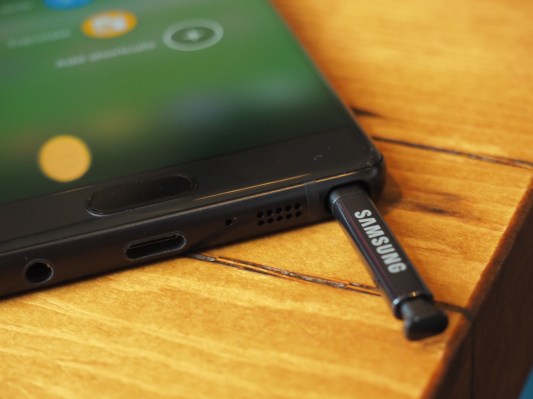One would have been hard-pressed to dream up a worse beginning to the month for Samsung. As Apple was readying its next big iPhone reveal, the company was scrambling to do damage control for a phone that was supposed to be its next big thing. Around three-dozen battery-related incidents were reported by Sept. 2, the company outlined its recall plans.
Everyone from the FAA to the MTA have issued warnings about the occasionally exploding phones, as the company has worked in earnest to convince users to surrender their phablets. Last week, the company announced that it had successfully recalled roughly half of the devices in the wild, trying to put a good face on things by adding that most users were sticking with the new, safer version of the phone, in spite of past issues.
A week later, things seems to have slowed. While Samsung is happy to re-report that the number of users who have chosen to stick with the handset is apparently around 90 percent, the total number of replacements has ticked up slightly from half across the board to 60 percent in the US and Korea, admittedly a different metric than the one the company offered up last week.
Either way, it means that a fair number of potentially hazardous handsets are still out in the wild as of today. For what it’s worth, things are moving a much brisker pace in Singapore, where more than 80 percent of problematic handsets have been exchanged since that program kicked off in September 17th.
Samsung added in the statement that it is “humbled” by “customer loyalty.” The statement and numbers, however, come in the wake of a recent report that the batteries in replacement devices also have their share of issues, including overheating and quickly losing their charge. Better than exploding, sure, but still a concern for a company doing damage control.
On Sunday of last week, the company announced that it would be delaying the retail return of the Note to Oct. 1 as it worked to complete the recall in its native South Korea.
